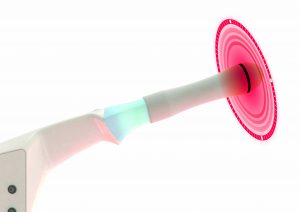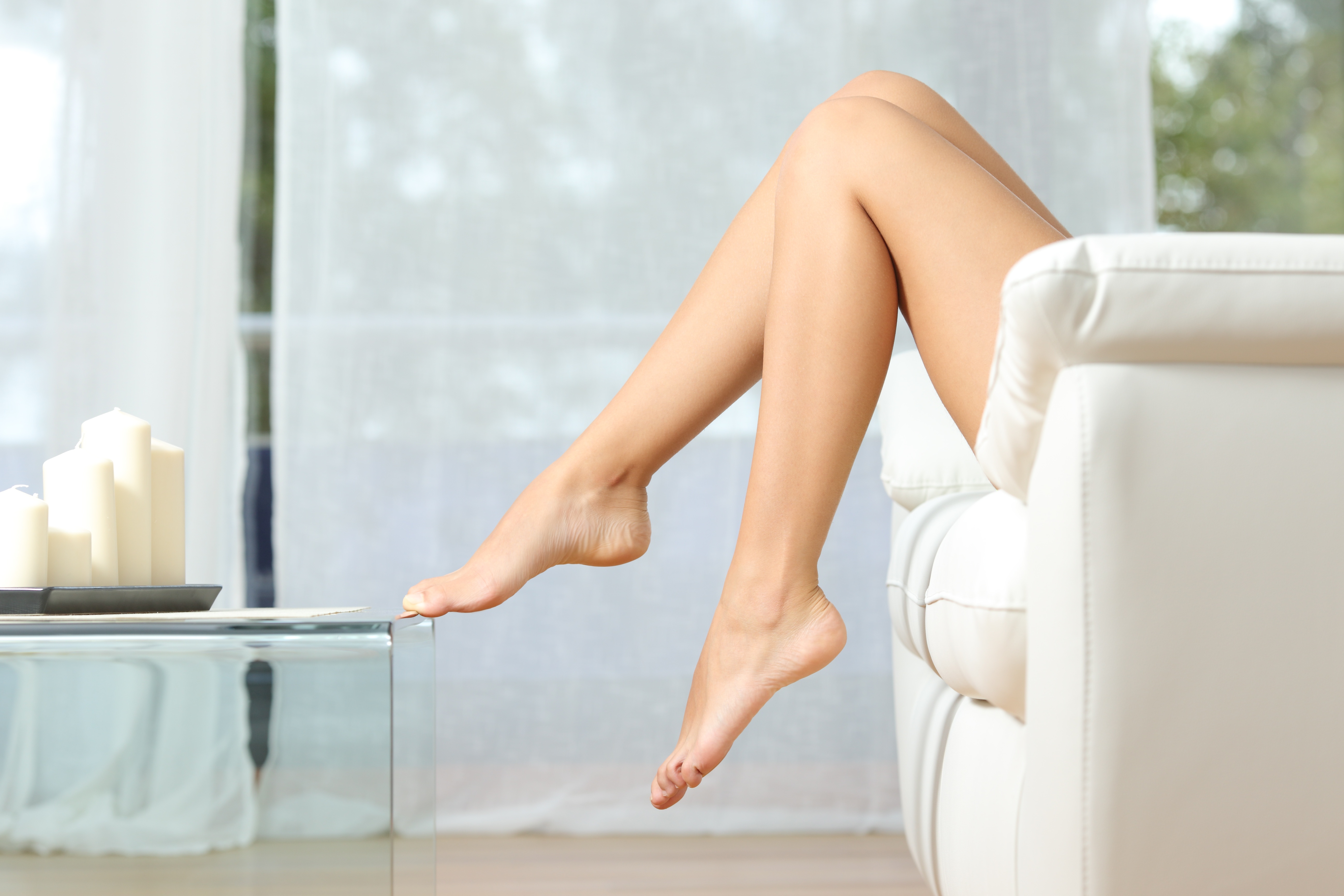
At long last, Feminine Rejuvenation has seen significant recent advances, and a revolutionary treatment for women’s health and well-being is the Ultra Femme 360 device.
This technology, approved by the FDA, is an external, and internal, vulvo-vaginal, radio frequency device, designed to address women’s health issues associated with childbirth, aging, and overall feminine wellness.
The Ultra Femme 360 procedure tightens and raises the labia, decreases the diameter of the introitus (vaginal opening) and the vaginal canal, improves natural lubrication, improves sensation, and can make orgasm easier to reach. Many patients also experience an improvement in stress incontinence from the treatment. Ultra Femme 360 causes no pain or discomfort, requires no anesthesia, and has no downtime.
-
1. Women after childbirth
2. Pre-and Post-Menopausal Women
3. Women seeking an improvement in dryness, itching, and painful intercourse.
4. Women seeking enhanced sensitivity and sexual function.
5. Women seeking improved external appearance of the feminine tissue.
6. Women seeking an improvement in stress urinary incontinence.
- Stress Urinary Incontinence (leakage after sneezing, coughing, or laughing).
- Vulvo-vaginal laxity after childbirth and with aging, resulting in dissatisfaction with sexual activity and vulvar aesthetic appearance.
- Vulvo-vaginal atrophy with aging, resulting in dryness, itching, and sexual dysfunction.
- Vulvo-vaginal decreased sensitivity.
The Ultra Femme 360 device delivers heat to the vaginal wall and external area through radio frequency energy, to increase circulation, and the production of collagen and elastin fibers, resulting in increased lubrication and tightening of the tissue, hence improving sexual satisfaction, aesthetic appearance externally, and improvement of stress urinary incontinence.

The device is placed into the vagina and over the course of 8 minutes painlessly delivers 360 degrees of heat to the vaginal wall. The external areas are treated for 3-6 minutes. There is no downtime. 3 treatments 1-2 weeks apart are recommended.
-
95% of patients noticed moderate or excellent improvement in vulvar appearance.
96% of patient noticed improvement of Stress Urinary Incontinence.
93% of patients noticed improvement in sexual gratification.
Testimonial: “A game changer…”
Sexual Dysfunction in Women:
- Low desire: Also known as Hypoactive Sexual Desire Disorder (HSDD) this is not considered a disorder unless it disrupts the woman’s life. According to the National Institutes of Health, as many as 26.7 percent of premenopausal women and 52.4 percent of naturally menopausal women experience HSDD. About 12.5 percent of women who enter surgically induced menopause experience HSDD.
- Female Sexual Arousal Disorder: Affecting about one in 20 women, This usually but not always accompanies HSDD. Women who experience this may want to have sex but have much difficulty finding the pleasure of arousal.
- Female Orgasmic Disorder: Around one in 20 women can become aroused but have much difficulty with orgasm.
- Dyspareunia: Up to 10 percent of women suffer real physical pain with sex. This is pain not caused by decreased lubrication or vaginal spasm.
The Journal of the American Medical Association reports that sexual dysfunction, often considered worse in women than in men, can lead to a lowered sense of well-being that negatively affects the relationships with our sex partners and can contribute to the disintegration of the family. Sexual disorders not only take the fun out of sex, but better sex also leads to greater energy, more creativity, increased confidence, less depression and improved overall health.

Research shows that only about 14 percent of women EVER talk to ANY of their physicians about sex. With up to half of women experiencing a sexual disorder, why do only about 1 in 10 ever talk to their physicians about sex?
According to Practice Bulletin in Obstetrics and Gynecology, one reason may be that research has led to few proven treatment options. Until recently, treatment generally is limited to hormone replacement therapy, and/or vaginal estrogen or topical testosterone. Even with hormone therapies, results are short term.
No wonder only 14 percent of doctors ever discuss sexual problems with women. If the woman fails conventional therapy, per the official recommendation of the American College of Obstetrics and Gynecology, the only other known solution, appears to be psycho-social therapies. Accordingly, both physician and patient may be discouraged from discussing a problem for which there is no proven solution, so in many cases, it just isn’t discussed.
There’s no doubt that sex education/counseling helps sexual performance and results, but if the woman’s body does not respond as it should, even with proper knowledge, then the woman continues to suffer.
That explains why up to 75 million women in the US alone continue to suffer mentally and physically from sexual dysfunction.Isn’t It About Time the Women Have Their Turn?
With Viagra, Cialis, Penis Implants, and hundreds of supplement to help men, it seems men have plenty of options for medical therapy, while women have had limited options. It’s about time for that to change.
